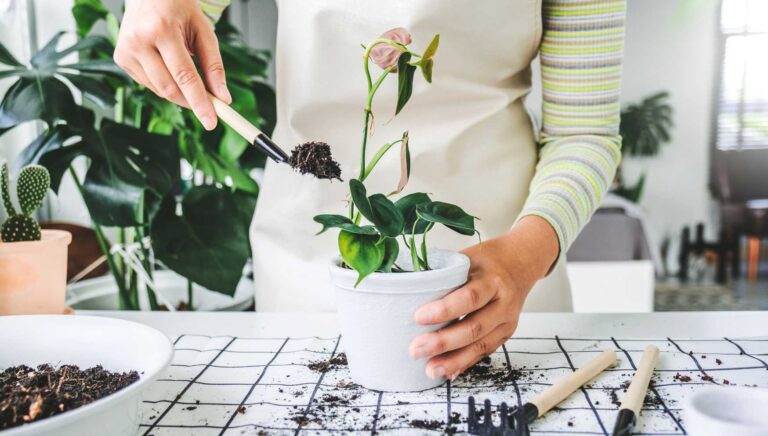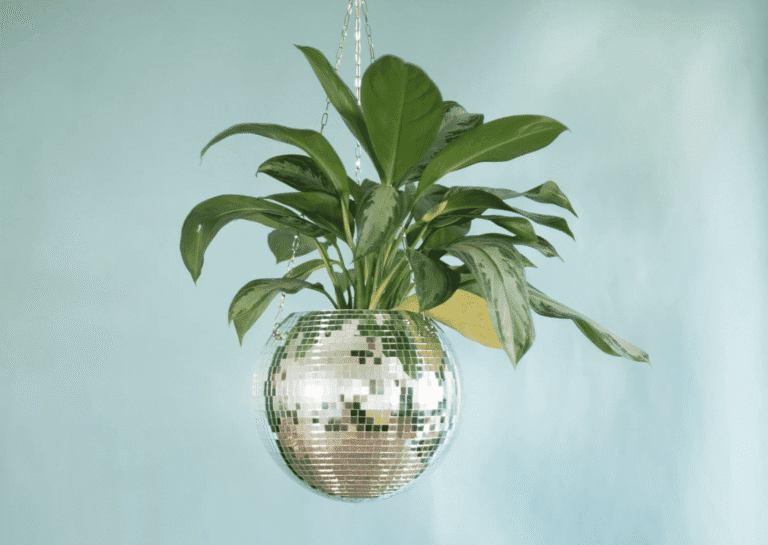![]()
Rethinking the Front Yard: Edible Gardens as Functional Beauty

In neighborhoods once ruled by expanses of plain grass, rethinking the front yard has become a trend with purpose. Edible gardens as functional beauty are replacing ornamental lawns with lush, productive landscapes. Far from unkempt patches, these thoughtfully designed food scapes—also known as front yard edible gardens or verge gardening—weave utility and aesthetic charm into a single space that feeds both the eyes and the body.
Why Choose Edible Gardens for the Front Yard?
Better Sun and Kitchen Access
Most front yards receive more consistent sunlight than backyards and lie closer to the kitchen. This makes them ideal for growing herbs, vegetables, and fruits that are easy to harvest and use daily.
Community Impact
By rethinking the front yard, homeowners swap high-maintenance lawns for eco-friendly edible gardens. These landscapes reduce water usage, eliminate the need for mowing, and often spark neighborly interactions. The result? A greener block and greater neighborhood pride.
Wellness Benefits
Tending an edible garden provides physical activity, access to fresh air, and the mental satisfaction of growing and sharing your own produce. It’s not just a yard—it’s a lifestyle.

Designing a Front Yard Edible Garden for Functional Beauty
1. Layout & Aesthetic Planning
Go beyond straight rows. Try ornamental designs like:
- Raised beds in sun-ray patterns
- Edible “petals” framed by herb borders
- Kale and basil planted as visual focal points
Clean paths, crisp bed edges, and decorative trellises help maintain a tidy and intentional look.
2. Raised Beds & Soil Preparation
Raised beds are essential in most front yard vegetable gardens. They:
- Improve drainage
- Extend the growing season
- Reduce weeds
- Protect soil structure
Fill them with compost-rich soil (pH 6.5–7.0) to ensure healthy, high-yield crops.

3. Sunlight Needs & Crop Placement
Most vegetables thrive with 6–8 hours of sunlight; fruiting crops like tomatoes and squash do best with 8–10 hours. Use partial shade areas for kale, spinach, and lettuce.
4. Plant Choices & Companion Planting
Make your garden beautiful and functional:
- Use tall leafy crops like broccoli or kale for structure
- Combine herbs and flowers (basil, thyme, marigolds) to support pollinators and deter pests
5. Watering, Mulch & Seasonal Care
- Install drip irrigation or soaker hoses for consistent moisture
- Mulch with straw, bark, or grass clippings to retain water and suppress weeds
- Rotate crops each season to protect soil health

Beyond Function: Social and Ecological Benefits
Boosting Urban Biodiversity
Front yard edible gardens help reduce heat islands, support local pollinators, and connect micro-ecosystems across neighborhoods.
Building Community Connections
Gardeners often find neighbors stopping by to admire the plants or ask questions. These green spaces become conversation starters and knowledge hubs.
Safety & Neighborhood Pride
Studies show that well-maintained edible verge gardens can reduce vandalism and foster a sense of safety and community engagement.
Final Word: Beauty with Purpose
Rethinking the front yard through the lens of edible gardens as functional beauty transforms basic green space into a source of food, pride, and connection. With good design, healthy soil, and year-round planting, you get a space that feeds both body and soul.
And remember, this movement is growing—just like the gardens themselves. For more ideas, check out our beginner’s guide to kitchen gardening and explore urban sustainability tips from the EPA.








[…] Backyard Garden: Ideal for families with space. Raised beds are a great start. […]